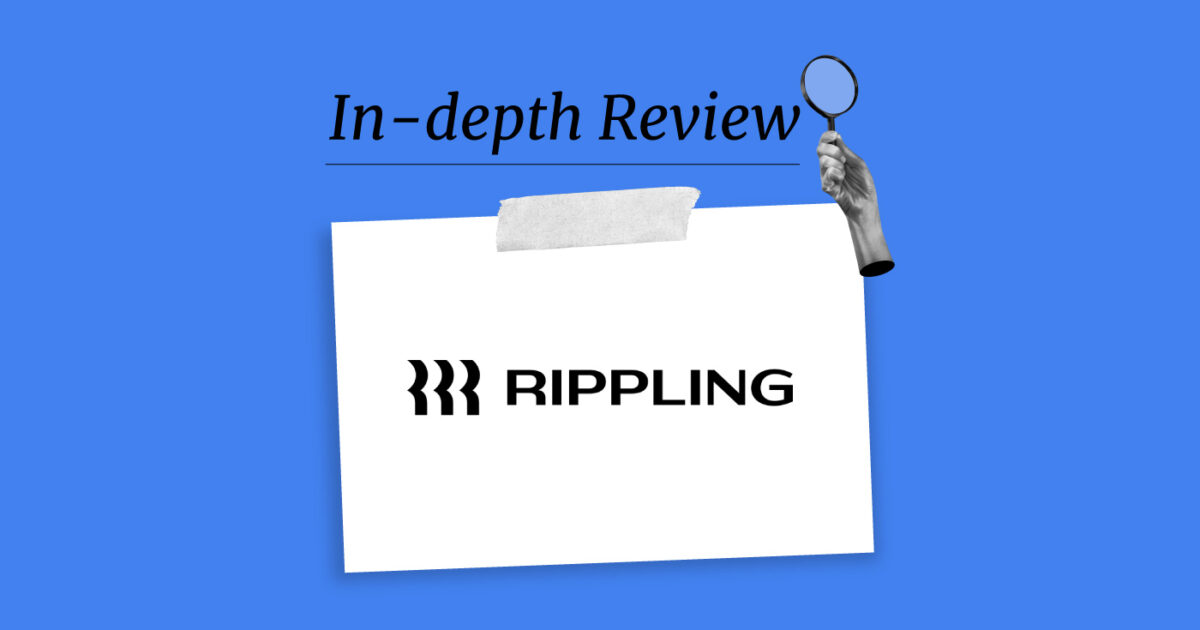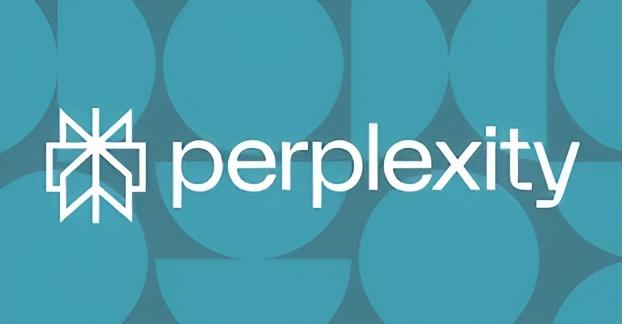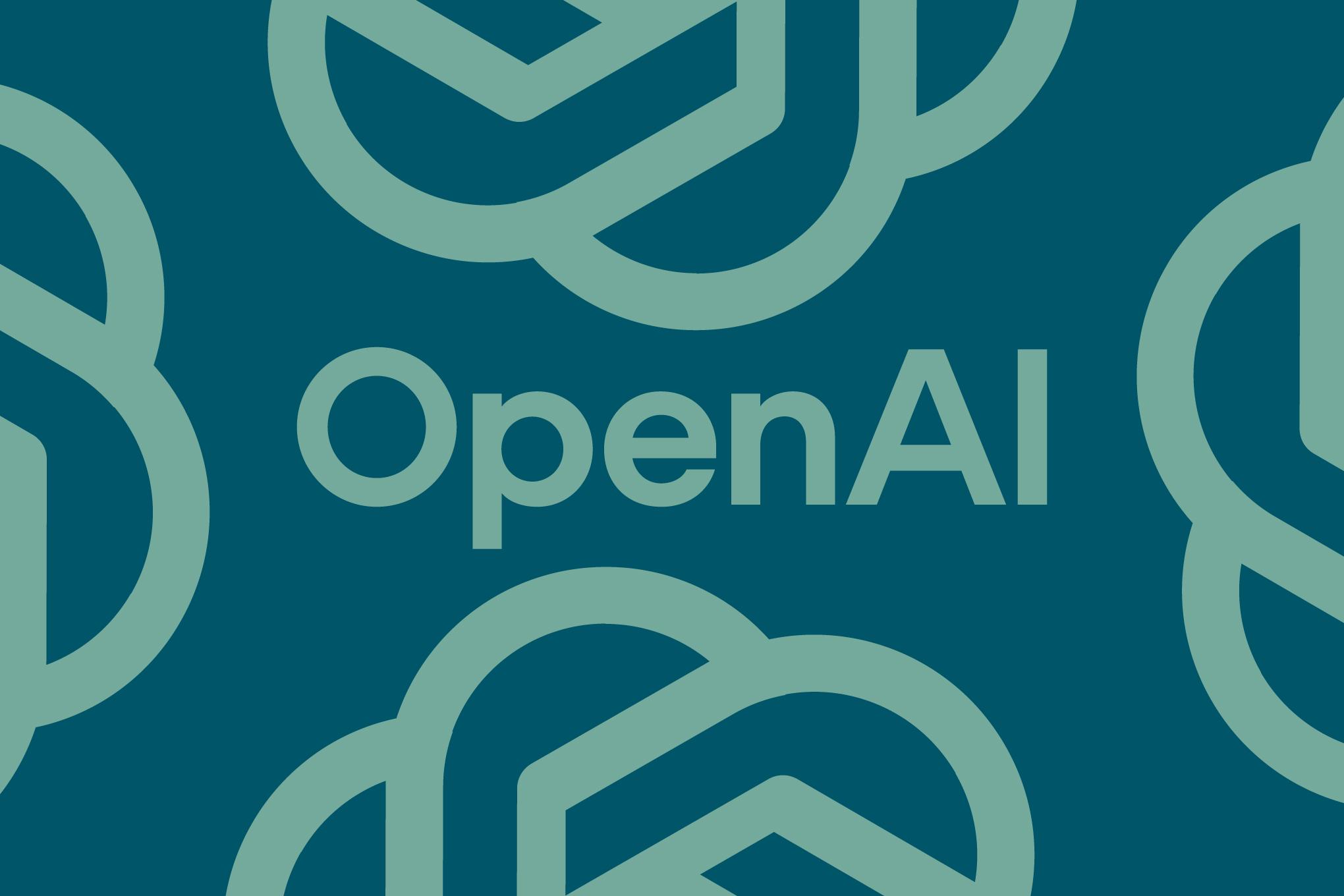
Rippling Workforce Management: Complete Analysis
Rippling Workforce Management: Comprehensive Platform Analysis
Platform Overview and Core Features
Rippling emerges as a powerhouse in workforce management, particularly shining with its user-friendly interface and visual Timecards that effortlessly display employee time records. This intuitive design is not only easy to navigate but also highly adaptable, catering primarily to medium and large enterprises with complex HR, IT, and finance requirements.
The platform stands out for its ability to automate administrative tasks that not only save time but also reduce potential errors, a feature highly valued by companies aiming for efficiency and growth. However, its focus on scalability and complex integrations makes it ideal for companies with advanced automation needs, potentially sidelining smaller firms due to its complexity and cost considerations.
Strengths and Limitations Analysis
Primary Advantages: The platform offers an intuitive interface design, exceptional scalability options, and comprehensive time-saving automation capabilities that streamline complex business processes across multiple departments.
Notable Drawbacks: Users may encounter challenges including the absence of dedicated account managers, slower customer support response times for complex technical issues, and a steep learning curve that can be particularly challenging for beginners and smaller organizations.
Rippling presents an intriguing blend of powerful automation and flexibility, appealing to large enterprises seeking to streamline their workflows. However, the platform's complexity might deter smaller businesses, spotlighting the need for companies to weigh their growth aspirations against the learning curve and implementation costs.
Optimal and Challenging Use Cases
In the world of workforce management software, Rippling shines as a versatile tool catering to the needs of medium to large enterprises. The platform excels in environments where complex integrations, automated workflows, and scalable solutions are essential for business operations and growth strategies.
The platform performs exceptionally well for organizations requiring sophisticated HR, IT, and finance management integration. Companies with distributed teams, complex compliance requirements, and multiple system integrations find significant value in Rippling's comprehensive approach to workforce management and operational efficiency.
However, smaller organizations with simpler operational needs may find the platform's extensive feature set overwhelming and potentially unnecessary for their current business requirements. The learning curve and implementation complexity can present challenges for teams without dedicated technical resources or extensive training budgets.
Investment and Pricing Considerations
In the realm of workforce management, Rippling emerges as a strong contender with its robust features, but understanding its financial implications remains crucial for strategic decision-making. The platform's pricing structure reflects its extensive functionality and automation capabilities, making it a preferred choice for businesses seeking scalability and comprehensive integration solutions.
The allure of Rippling lies not just in its capabilities but in how it aligns with the financial commitments of medium to large enterprises. While the platform's pricing matches its premium offerings, small businesses might find the costs prohibitive, especially those with simpler operational needs. This creates a classic scenario of weighing cost against benefit, where larger companies see substantial return on investment through time-saving automation and streamlined processes.
The strategic pricing model follows enterprise-level solution patterns, where core features remain accessible, but advanced standout features may require higher-tier subscriptions. This approach prompts businesses to carefully assess whether additional functionalities align with their specific operational needs and budgetary constraints, ensuring optimal value realization.
Evaluation Framework and Assessment Criteria
The comprehensive evaluation process employs a rigorous seven-criteria system designed to capture the nuances of enterprise software selection. Core functionality, representing twenty-five percent of the assessment, examines whether the platform delivers essential features across all pricing levels while meeting or exceeding industry standards for workforce management solutions.
Standout features, equally weighted at twenty-five percent, focus on unique specialized capabilities that differentiate the platform from competitors. These features enhance user experience through improved efficiency, seamless third-party integrations, and innovative automation tools that provide tangible business value and competitive advantages.
Additional evaluation dimensions include ease of use, onboarding experience, customer support quality, user satisfaction metrics, and overall value proposition. Each criterion contributes specific insights into the platform's practical implementation success, user adoption rates, and long-term organizational benefits for informed decision-making processes.







